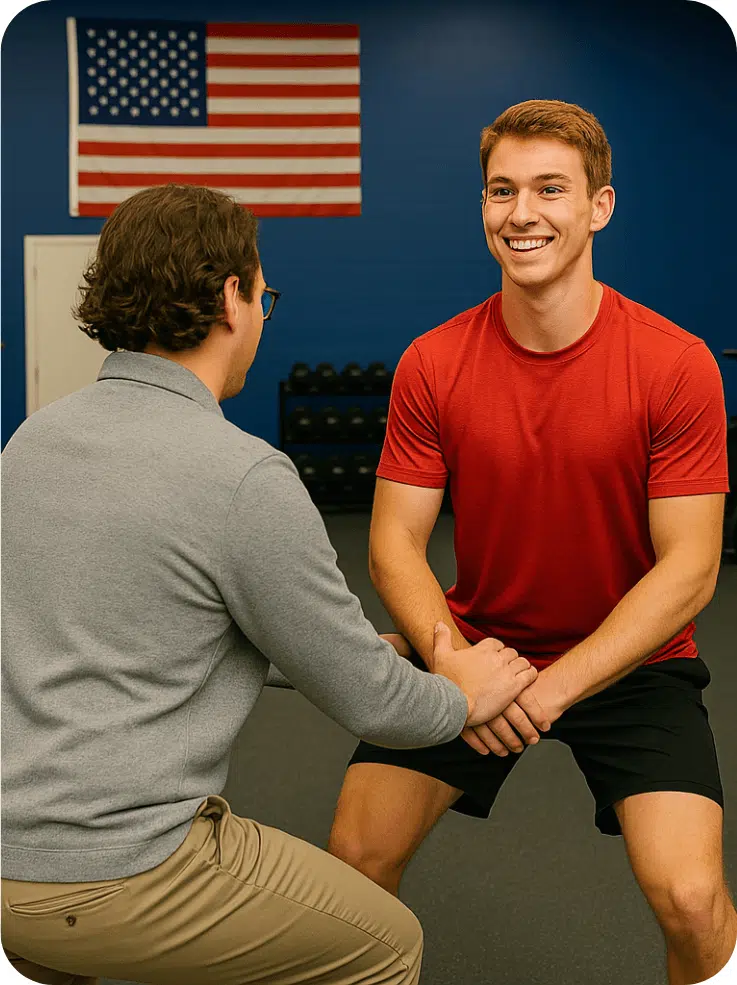Are You an Athlete or Active Adult Dealing With a Sports Injury in Fort Myers?

Are You an Athlete or Active Adult Dealing With a Sports Injury in Fort Myers?
Our sports physical therapy in Fort Myers can help you whether you’re a high school athlete, weekend warrior, or an adult who simply loves to stay active, a sports injury can throw everything off track. It’s more than just physical pain — it’s the frustration of being held back, missing out on the things you enjoy, and wondering if you’ll ever move the same way again.
That’s why our sports physical therapy team in Fort Myers is here: to help you recover quickly, rebuild your strength, and return to the sport or activity you love — without pain, re-injury, or setbacks.
At our clinic, we specialize in sports rehab for athletes and active adults of all levels — from youth athletes and college competitors to CrossFitters, golfers, tennis players, runners, pickleball enthusiasts, and beyond.
The Real Reason Why Most Sports Injuries Occur

It’s easy to blame a single moment — a bad step, a hard landing, or a sudden twist.
But the truth is, most sports injuries don’t happen by accident… they happen because your body wasn’t moving the way it was supposed to.
Here’s what we see every day:

Why Choose Back In Motion for Sports Physical Therapy in Fort Myers?
When it comes to recovering from a sports injury, not all physical therapy is created equal. At Back In Motion, we don’t just help you feel better — we help you move better, perform better, and stay injury-free for the long haul.
Our approach is rooted in identifying and correcting the true cause of your injury, not just treating the symptoms.
Whether you’re aiming to get back on the field, court, course, or gym, our sports physical therapy experts in Fort Myers will create a personalized plan that restores confidence, builds resilience, and helps you return to doing what you love — stronger than ever.


The Conditions We Treat in Our Fort Myers Sports Physical Therapy Clinic

Whether you’re a competitive athlete, weekend warrior, or just someone who loves to stay active, we understand how frustrating it is to be sidelined by an injury. At our clinic, we specialize in identifying the root cause of your pain and getting you back to doing what you love—stronger and more resilient than before.

Real Results from Fort Myers Athletes

Your Recovery Starts Here With Our Sports Physical Therapy in Fort Myers & Cape Coral
You don’t have to “wait it out.”
You don’t need to rely on painkillers, temporary fixes, or rest that never truly restores you.
And you certainly shouldn’t risk reinjury by rushing back too soon.
With the right treatment plan, expert guidance, and performance-based care, you can recover the right way—faster, safer, and stronger than before.
Whether you’re looking for Fort Myers physical therapy or Cape Coral physical therapy, our sports rehab specialists are here to help you get back in the game—pain-free and confident.






